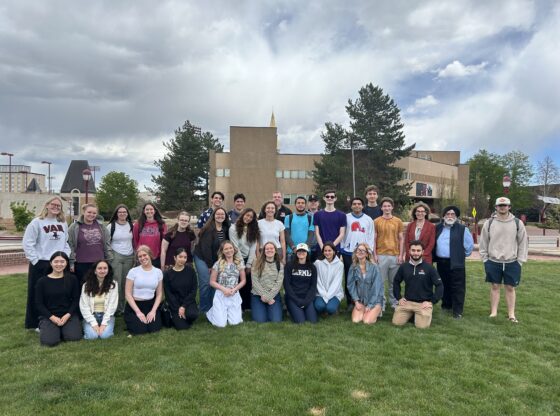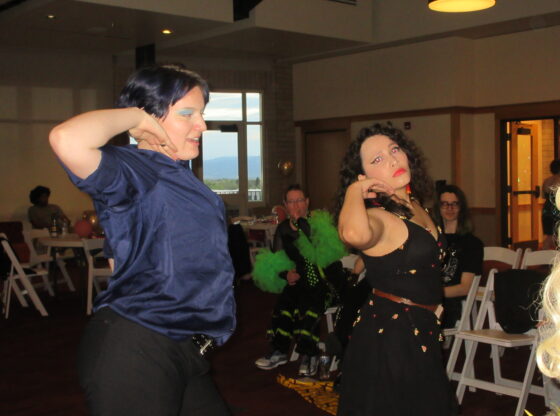Editor’s Note: This review contains spoilers.
After being delayed three times due to the ongoing COVID-19 pandemic, “Tenet” opened in movie theaters Sept. 3. It is the first Hollywood tent-pole available for in-person viewing after the drastic shift to streaming rentals. Starring John David Washington, Robert Pattinson, Elizabeth Debicki and Kenneth Branagh, the film follows an unnamed CIA agent known as “The Protagonist” as he manipulates time to prevent World War III. It has grossed over $200 million worldwide, making it the fifth highest-grossing film of 2020.
Several mixed reviews have left critics uncertain about the future of the cinema in a post-pandemic world. “Tenet” has been advertised as the film that will mark the return to theaters, but with its reception ranging from “grandly entertaining” to being a “humorless disappointment,” the film may inspire more skepticism than comfort.
Anyone familiar with Nolan’s previous work, like “Inception” or “Memento,” will know the director boldly takes on concepts that question, alter and redefine reality—something that many people have found themselves doing recently during these strange times. Many can perhaps relate to the mind-bending narrative structure of the film. While “Tenet” is no different than his other creations, it is Nolan’s most confusing work yet.
I was lost throughout the majority of the film, as were others. From what I understood, scientists in the future develop technology that inverts time. In doing so, they create inverted weapons that fall into the hands of an arms dealer.
While the plot wasn’t the clearest or most memorable, watching a close-combat scene in reverse or bullets fly back into the barrel made up for the disconcerting events. The unique cinematography highlights the visual complexity and sophistication of Nolan’s work. To hold his audiences’ attention for almost three hours, he includes fight sequences that bring the narrative tension of the spy/action/thriller genre to the forefront.
Despite this, the pacing was all over the place and diminished those glittering fight-and-chase scenes to mere moments of interest rather than acts that comprehensively brought plot and characters together. Nolan handles some of the most intricate concepts in physics—non-linear thinking and storytelling, backwards entropy and the asymmetry of time—in a way that would be intriguing if they weren’t overrun by unexpected pauses for explanations, backstory and random scene changes.
Long, drawn-out dialogue between characters that was supposed to be heartfelt and emotionally deep fell flat. The action sequences that followed and were intended to keep my heart racing mentally exhausted me, as I was still trying to wrap my head around the previous information. Nothing seemed to flow quite as it was supposed to, which did more harm than good for the overall story.
The ending ties together minor details to reveal that every seemingly-unrelated event in the film occurred at the same time. Every person and object was placed where they were supposed to be, even if it appeared they weren’t. However, this technique ensures that the movie must be watched three or four times to fully grasp what happened.
Perhaps most important to take away from Nolan’s time-warped vision is the idea that things happen for a reason. Though it would have been uplifting during these times to come away thinking, “Things will be okay. We can go forwards,” Nolan clearly disposes the idea of time moving in any chronological capacity. All we can do is live in the now.











